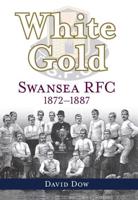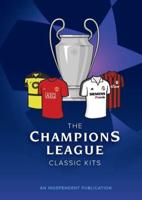Publisher's Synopsis
We all know about Lance Armstrong, who this summer made history by being the first rider ever to win a sixth Tour de France. But what about the peloton and the role it plays in supporting the leader? What about the difference between a stage win and a time trial? What about the Tour's curiously chivalric code of behavior? What about the caravan?
With the popularity of Armstrong and the Tour outstripping our knowledge of bicycle racing, here is The Tour de France Companion, a fully illustrated primer that explains the strategies, ground rules, history, personalities, techniques, and technology behind one of the world's most spectacular and brutal sporting events. It's all clear: How teams work together. How their bikes are different from our bikes. What it takes to be a racer--the rare combination of slow- and fast-twitch muscles, a huge cardiovascular system, and an extraordinary toughness that allows you to endure more pain than your rivals. The jerseys: yellow, green, polka-dot, white, and the "combativity prize" to the rider who tries the hardest (look for a red race number). The complicated timing structure, including why it's so difficult to finish a tour--every rider must finish within ten percent or so of the fastest guy every single day, or head for home. Even what happens when the leader needs to make a rest stop--no, the other contenders don't zoom off into the sunset. Includes a glossary, stats, historic timeline, 2004 tour map, and more.
With the popularity of Armstrong and the Tour outstripping our knowledge of bicycle racing, here is The Tour de France Companion, a fully illustrated primer that explains the strategies, ground rules, history, personalities, techniques, and technology behind one of the world's most spectacular and brutal sporting events. It's all clear: How teams work together. How their bikes are different from our bikes. What it takes to be a racer--the rare combination of slow- and fast-twitch muscles, a huge cardiovascular system, and an extraordinary toughness that allows you to endure more pain than your rivals. The jerseys: yellow, green, polka-dot, white, and the "combativity prize" to the rider who tries the hardest (look for a red race number). The complicated timing structure, including why it's so difficult to finish a tour--every rider must finish within ten percent or so of the fastest guy every single day, or head for home. Even what happens when the leader needs to make a rest stop--no, the other contenders don't zoom off into the sunset. Includes a glossary, stats, historic timeline, 2004 tour map, and more.








